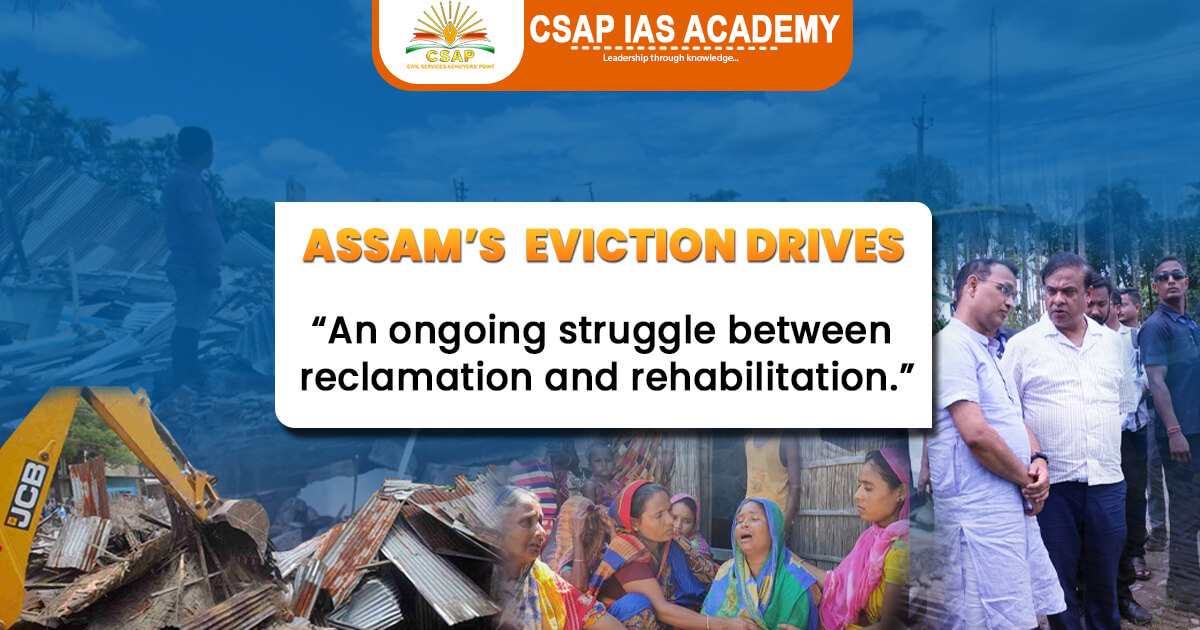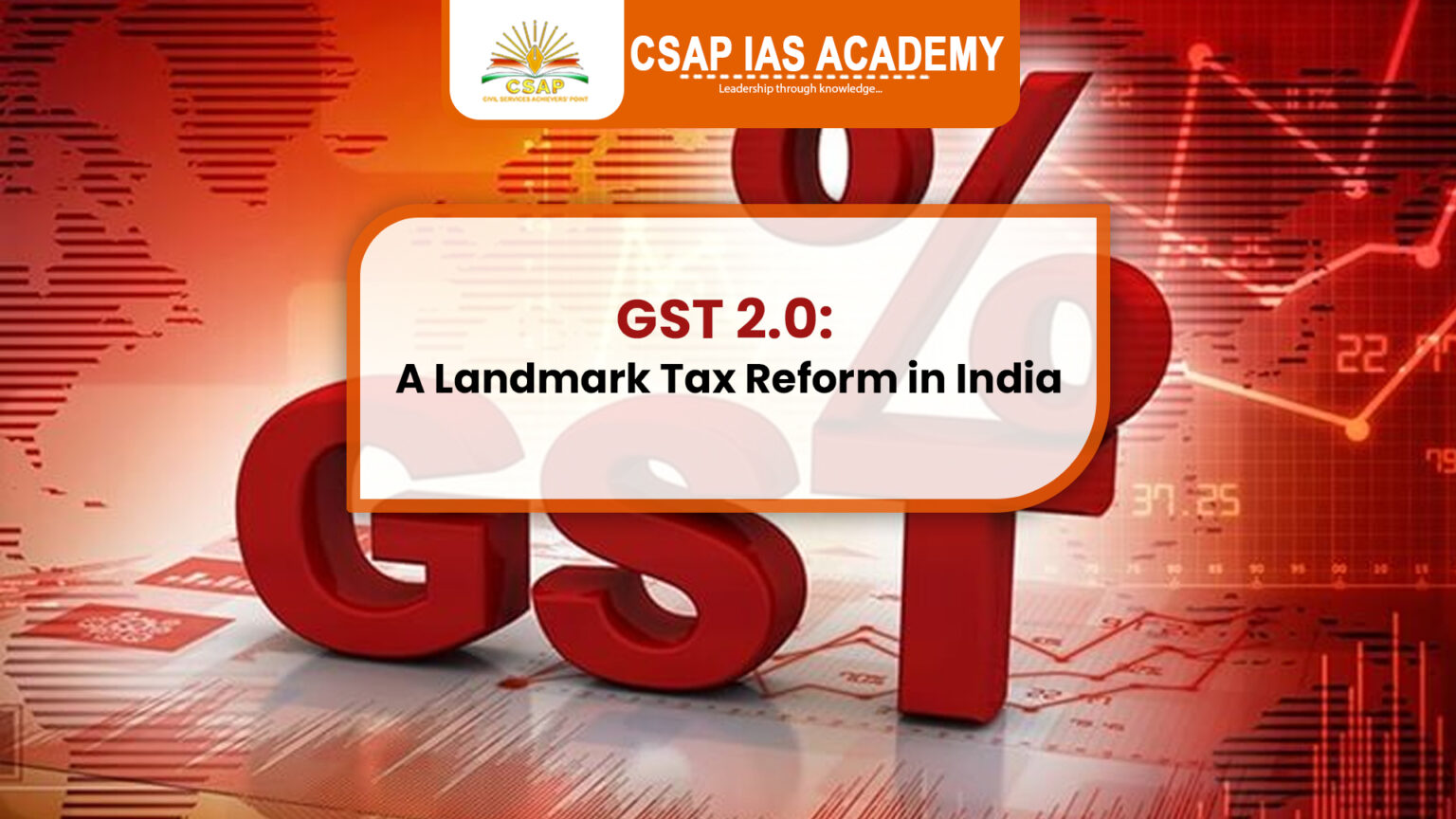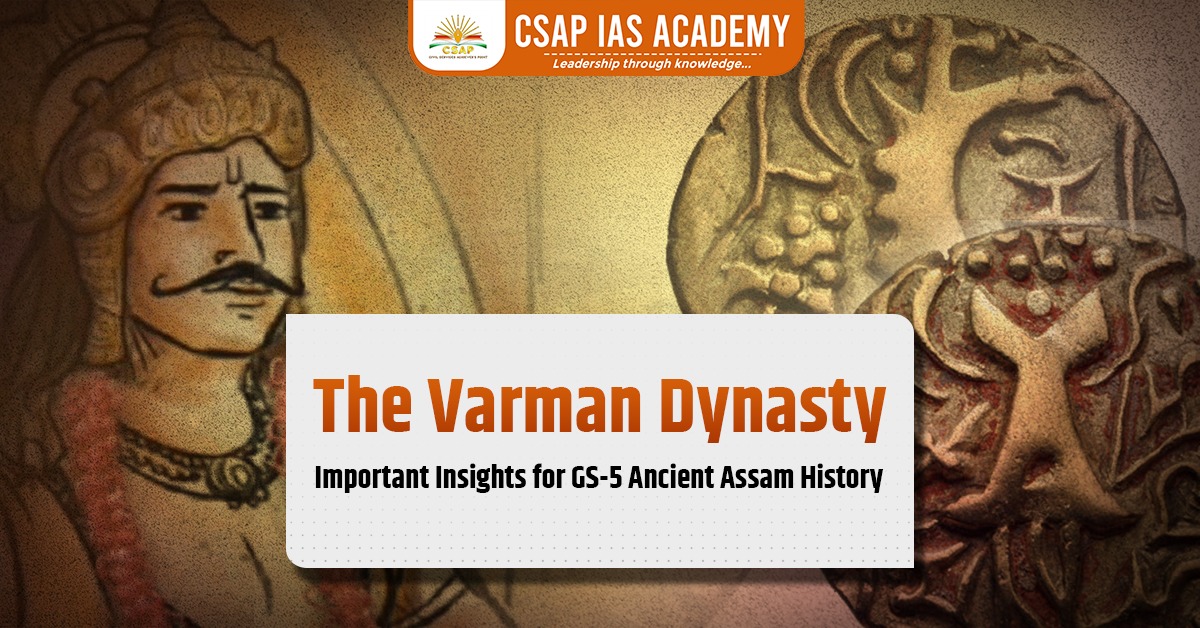Land and resource management has long been a sensitive issue in Assam, owing to population pressures, migration, forest encroachment, and ethnic tensions. In recent weeks, the state government has intensified eviction operations across several districts to reclaim illegally occupied land. These actions have sparked debates around legality, human rights, environmental concerns, and political motives.
Key Eviction Drives and Data of the Eviction Drives

The eviction drives are a recurring feature across various districts, with specific data highlighting the scale of these operations:
Biswanath District
On August 17, 2025, a major drive in the Japariguri Village Grazing Reserve (VGR) cleared approximately 55 acres of land. This operation led to the displacement of 309 families, who were reportedly served notices in advance.
Golaghat District
The Rengma Reserve Forest has been a focal point of these drives. The second phase of eviction on August 18, 2025, saw the demolition of 65 illegal structures, clearing about 26 hectares of forest land and affecting 41 families. These recent actions follow an even larger first phase that cleared over 1,200 hectares, impacting nearly 1,500 families.
Overall Statistics
According to official statements, the government has reclaimed over 29 lakh bighas (approximately 42,500 acres) of land since 2021. The drives have displaced tens of thousands of people, with reports indicating a disproportionate impact on Bengali-speaking Muslim communities.
Government’s Rationale
- The Assam government argues that large tracts of land have been encroached upon by migrants, often from across the border, posing demographic and environmental challenges. Protecting forest reserves like Rengma is also vital for wildlife corridors, especially given the state’s rising incidents of human–elephant conflict.
- Officials highlight that eviction drives align with the Assam Accord’s objective of protecting indigenous rights and with the government’s vision of expanding agriculture, industry, and infrastructure on reclaimed land.
Challenges and Criticism of Assam’s Eviction Drives
Despite legal backing, the eviction drives have drawn criticism on multiple fronts:
- Humanitarian Concerns: Displaced families often face inadequate rehabilitation, leading to social and economic distress.
- Political Angle: Opposition parties and civil society groups accuse the government of selectively targeting communities, making the issue highly politicized.
- Ethnic Sensitivity: Evictions sometimes occur in areas dominated by minority groups, aggravating communal tension.
- Legal Hurdles: Critics argue that many families have land records or have lived for generations in these areas, complicating the definition of “illegal encroachment.”
Broader Implications
The eviction drives are more than just a law-and-order measure; they reflect Assam’s deeper struggles with migration, identity politics, and sustainable land management. If conducted transparently with proper rehabilitation, they could help restore ecological balance and uphold indigenous rights. On the other hand, poorly executed operations risk alienating vulnerable groups and destabilizing local harmony.
Conclusion
Assam’s eviction drives highlight the state’s effort to reclaim land for ecological security and socio-political stability. However, balancing developmental needs, indigenous rights, and humanitarian concerns remains a daunting challenge. For the long term, eviction policies must be paired with transparent land records, fair rehabilitation, and community participation. Only then can Assam ensure that land reclamation serves both people and environment without deepening social divides.
Read: Special Arms Licence Scheme of Assam
Download App:










